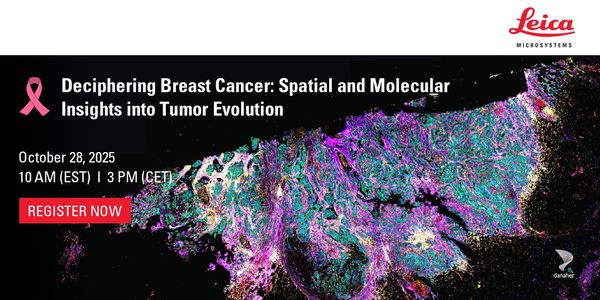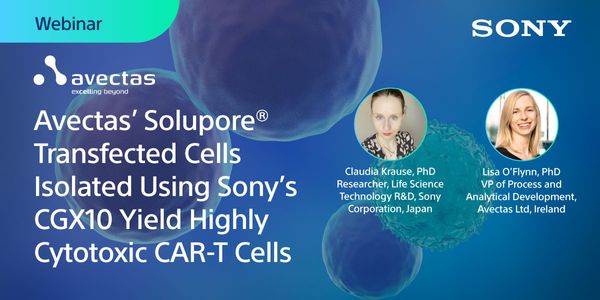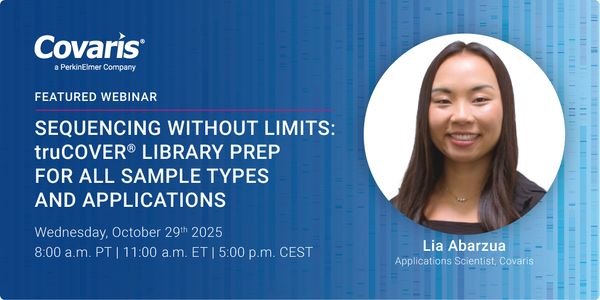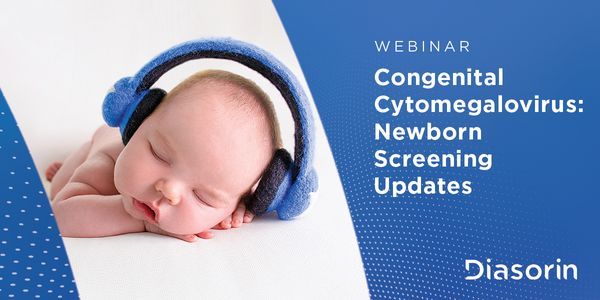SNVs to Large Structural Variation: Capturing nucleotide through inter-chromosomal variants through a powerful three-dimensional data type
Within the clinical arena, the oncology community has led the way in the early adoption of next generation sequencing. NGS is in widespread use in clinical cancer research and is now beginning to help guide clinical treatment in many hospitals and cancer centers. There remain, however, significant challenges in using standard NGS technology alone to construct a fully detailed picture of cancer and other human disease. New tools and methods are needed to discover and reliably detect critical structural rearrangements, such as fusions and translocations, particularly in challenging areas of the genome where short-read approaches stumble. Here we deploy a new to proximity ligation methodology based on Dovetail™ Omni-C™ technology that provides genomic coverage akin to whole genome shotgun sequencing and captures long-range information from a single NGS library. The observed uniformity of coverage expands the utility of proximity ligation to interrogate variants from SNVs through to large SVs. Using a variety of samples, including the cancer cell line HCC1187, we demonstrate that the novel data type enables the capture and phasing of variants. Additionally, we have developed an informatic tool to accurately identify and call inter-chromosol translocation events. This program detects 100% of previously described tloc events down to 3X coverage. The tool has also identified tloc events that are undescribed in well characterized cell lines. To highlight the flexibility of this data type, we used an off-the-shelf hybrid capture panel to enrich the data for known oncogenes. Proximity ligation techniques, like Omni-C technology, offer a powerful data type for building more complete genomes, unraveling genome structure, and unveiling new insights into genome biology and human disease.
Learning Objectives:
1. Gain an understanding of how proximity-ligation data can reveal large structural variants
2. Delineate an approach to detecting inter-chromosomal translocations in proximity-ligation contact matrices
3. Learn how to build a multi-dimensional genomic profile through proximity-ligation data







